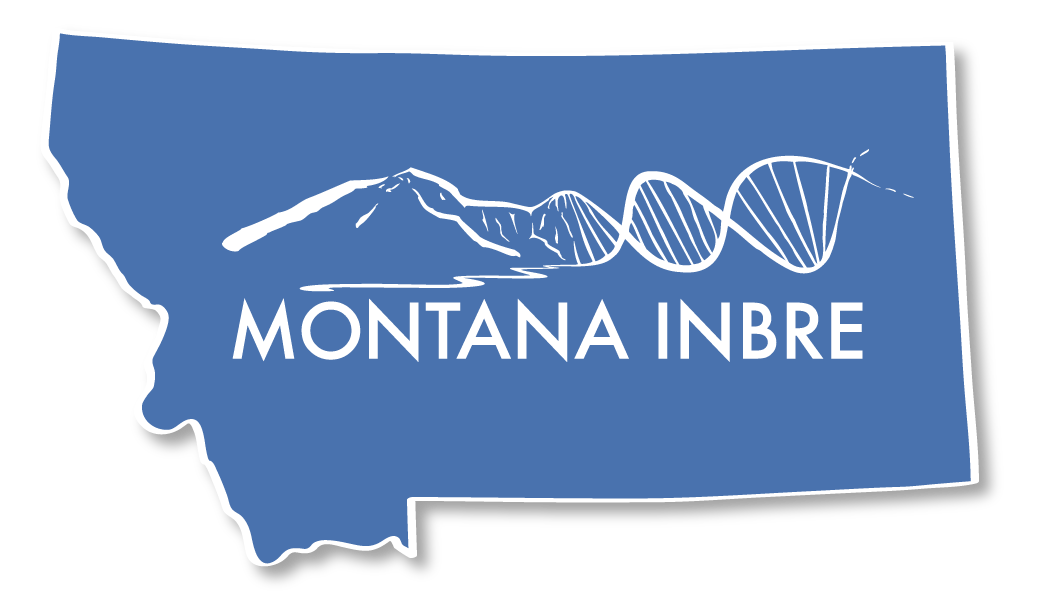Bio-inspired C-H Bond Functionalization Using Combined Synthetic and Computational Approaches
Dong Wang | The University of Montana
dong.wang@mso.umt.edu
Funding Provided by RAIN
This project is funded through a multi-state INBRE collaboration called the Regional Alliance of INBRE Networks, or "RAIN" for short. You can learn more about RAIN at https://rainresearch.org/
Project Summary
This collaborative project joins forces of two research teams led by two junior faculties from two RAIN states. The objective is to develop effective methods to activate and functionalize inert aliphatic C-H bonds in complex molecules using combined synthetic and computational approaches, which is a key step in the late-stage synthesis of many pharmaceutical and bioactive compounds. Our biological inspiration is soluble methane monooxygenase (sMMO), a nonheme dinuclear iron dependent enzyme capable of selectively hydroxylating the strongest aliphatic C-H bonds in methane using a high-valent bis-μ-oxo FeIV2(μ-O)2 “diamond core” intermediate called Q.
Since the establishment of our collaboration, we have developed a high-valent CoIII,IV2(μ-O)2 model complex that is highly reactive in activating aliphatic C-H bonds. This complex is the most reactive functional model of sMMO-Q reported to date. Two publications in the preeminent journal in chemistry, JACS (IF 14.6), are produced. Both chemical synthesis and quantum chemistry calculations played important roles to better understand this system and provide strategic guidance for further enhancing the reactivity. Built upon our initial success, in this project we plan to pursue two aims, including 1) rationally modifying the supporting ligand in order to obtain the fully oxidized CoIV2(μ-O)2 complex, which we propose will have the oxidizing ability approaching that of sMMOQ for C-H bond activation, and 2) designing catalytic C-H bond functionalization pathways.
Continuing the productive collaboration between the Wang and Talipov groups is the key to the success of this project, which will greatly benefit from the RAIN funding. This funding will provide necessary supplies and two year summer support for a graduate student from the Wang group and supplies and two-year summer support and tuition for a graduate student from the Talipov group.
Project Aims
We expect to submit a NIH R01 grant application at the end of the RAIN funding period

